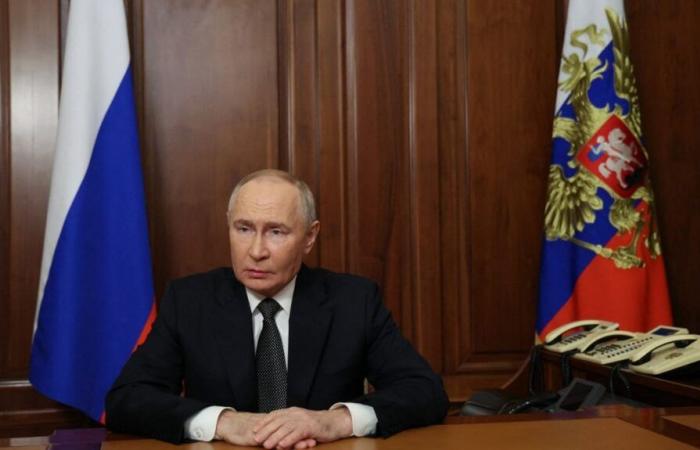This “intermediate-range ballistic” missile – IRBM in the jargon – was originally designed to carry nuclear warheads. Although it was not equipped with such a device, this is the first time that this type of missile has been used by Russia. Called “Oreshnik”, according to Vladimir Putin, it is capable of hitting a target several thousand kilometers away, between 3000 and 5000 km. Here it would have been fired, Thursday November 21, from the banks of the Caspian about 1000km away.
Falling on a factory in Dnipro, “Oreshnik” reportedly injured 2 people. A very relative toll, a far cry from the deaths recorded on Sunday November 17 in Sumy in northern Ukraine, or the dozens of injured in Kriviy Rih on the night of Friday September 20 to Saturday September 21. A strike which therefore sounds more like a warning from Russia, while the United States authorized Ukraine to use its long-range missiles, Sunday November 17, 2024.
The power of these weapons is incommensurate with Ukrainian means, which until now remain dependent on Western authorizations. The launch sites for these missiles are also so far away that the Ukrainian army could not attempt to attack them, and their speed, said to be supersonic, makes the anti-aircraft defenses available to Ukraine ineffective. Furthermore, it is impossible for the country to identify, before the impact, whether the device has a nuclear warhead or not.
The Russians had, however, warned the Americans of the shot, around thirty minutes before the launch, through the “nuclear risk reduction channels”. Washington had in turn warned Ukraine in recent days about the possible use of such weapons.
In terms of the reality of the operations, what has been hurting the Ukrainians the most for months is above all devastating, hovering bombs dropped by the dozen in a few hours, which makes them difficult to completely neutralize.
The election of Donald Trump as American presidential candidate has shifted the lines of conflict. Notably because the uncertainty around its strategy and the possibility of negotiations upon its arrival at the White House push Russia, like Ukraine, to try to approach this period in a favorable position, and to apply pressure.
If Moscow seeks to raise its voice, particularly against the West, Volodymyr Zelensky is also taking advantage of a reason to fuel his discourse on the Russian threat, hoping at the same time to push his allies to strengthen their support. A risky bet, since it is precisely on the fear of the spiral that Vladimir Putin intends to play, even before any possible negotiations take place.






